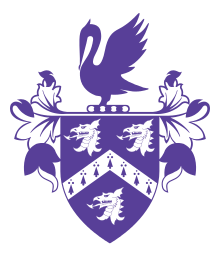Search by topic
- archaeology
- Building of Local Interest
- charity
- church
- crime
- dressmaker
- fire
- Great Eastern Railway
- Listed building
- Mapping Relief
- medieval
- oral history
- poverty
- Public House
- Rattee & Kett
- Religious House
- Roman
- scholar
- school
- Then and Now
- tudor
- women
- work
- world war one
- world war two
Search by text
1 Flower Street
History of 1 Flower Street
Flower Street is named after Benjamin Flower. He was one of the so-called ‘rational Dissenters’. he published a local newspaper, the Cambridge Intelligencer and in 1797 criticised Richard Watson, Bishop of Llandaff, (who lived at Llandaff House). He was fined £100 and was sentenced by the House of Lords to 6 months imprisonment for contempt. He later married a young woman admirer who had visited him in prison.
1891
(1)
Henry Joseph Jackson, 36, billiard marker, b Ipswich
Sophia, 31, b Prickwillow
1901
(1)
Sarah Ripley, widow, 45, charwoman, b Suffolk
Joseph, 19, train conductor, b Cambridge
Sidney, 12, b Cambridge
William, 10, b Cambridge
William Edward Ripley: Private 3279, 3rd (City of London) Battalion (Royal Fusiliers), London Regiment. Killed in action 27th June 1916. Enlisted Edward Street, resident Cambridge. Buried in HEBUTERNE MILITARY CEMETERY, Pas de Calais, France. Plot II. Row Q. Grave 4. See also Cambridge Guildhall (St Paul’s Roll of Honour)
1911
(1)
Sophia Poole, 57, widow, needlewoman, b Suffolk
Elsie, 18, domestic servant, b Cambridge
(1a)
Daniel James Marshall, 30, general labourer for tent pitchers, b Cambridge
Emma, 27, b Cambridge
Daniel Leonard, 4, b Cambridge
Edna Rose, 1, b Cambridge
1939
(1)
Mary E King, b 1875, cook
(1a)
William Drury, b 1872, agricultural general labourer
Contribute
Do you have any information about the people or places in this article? If so, then please let us know using the Contact page or by emailing capturingcambridge@
License
This work is licensed under CC BY-NC-SA 4.0






